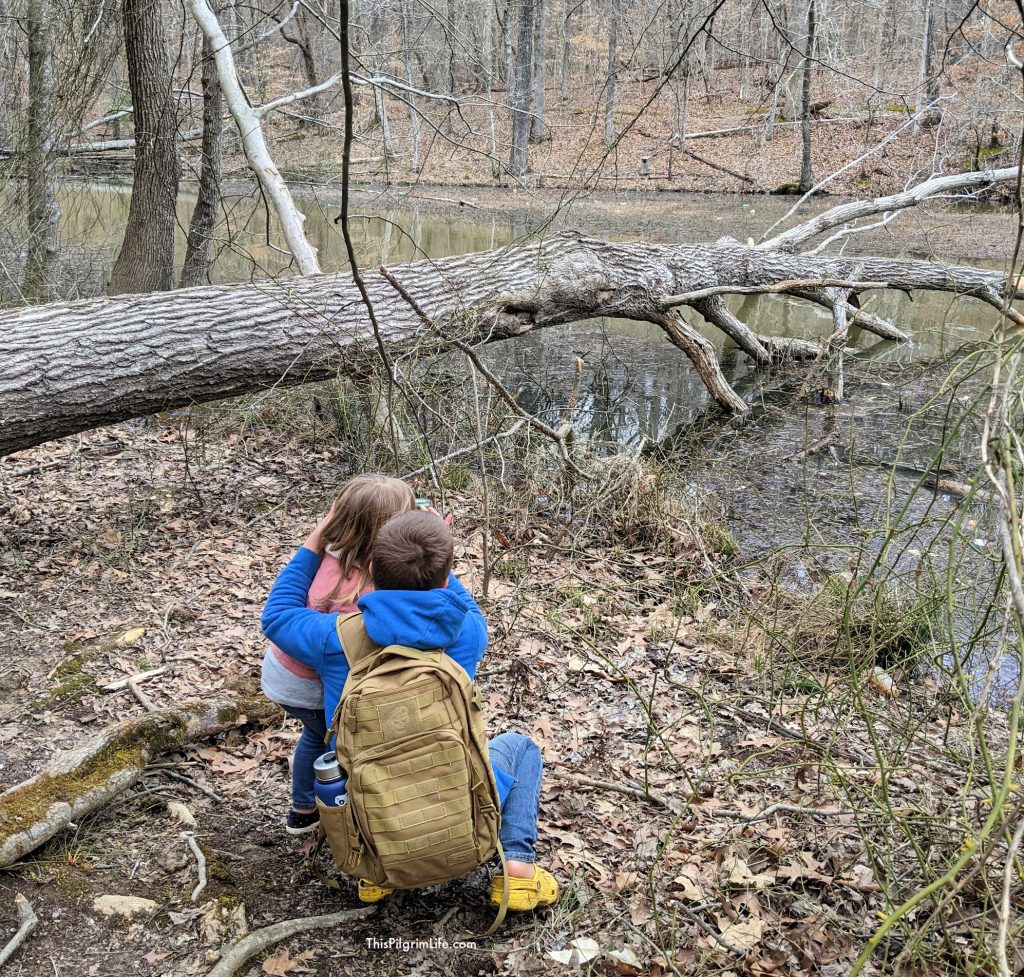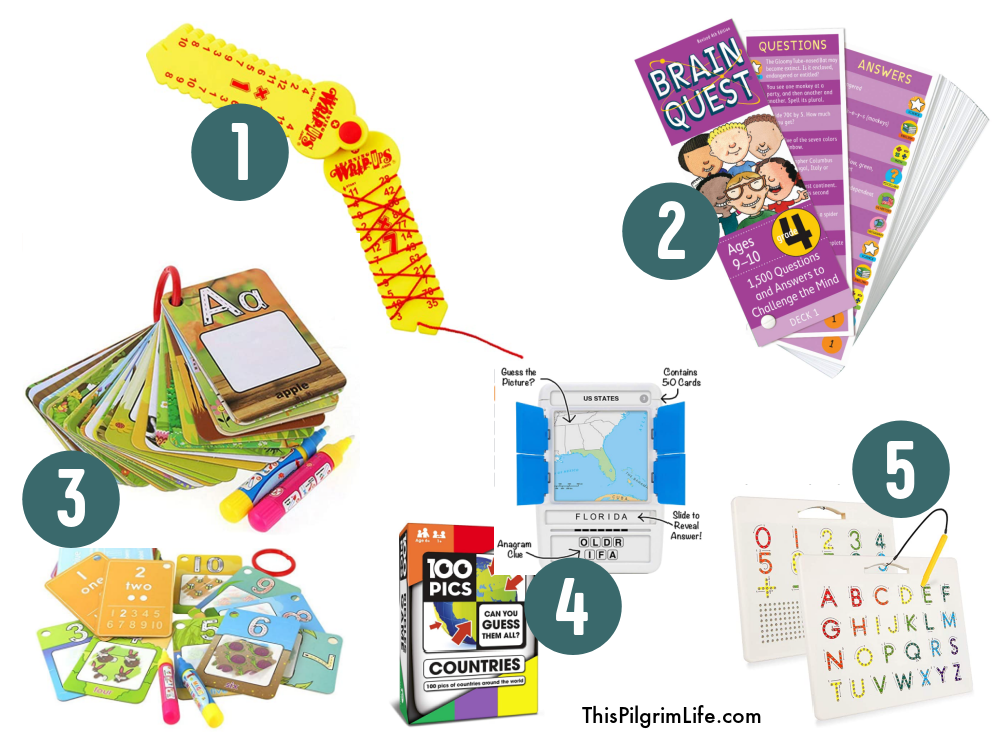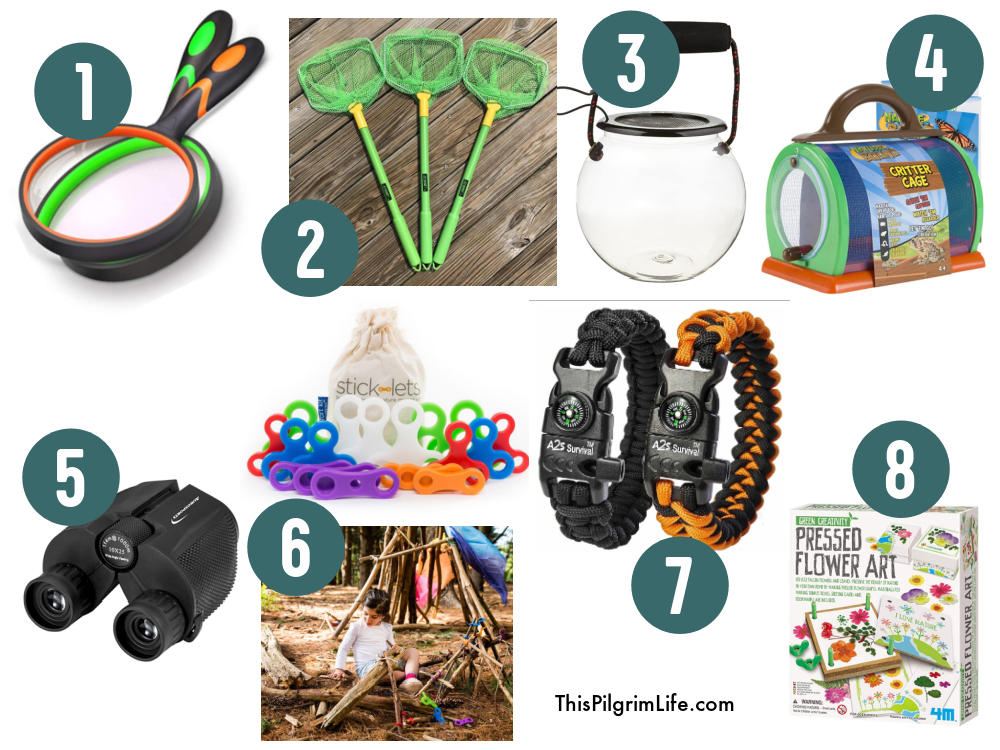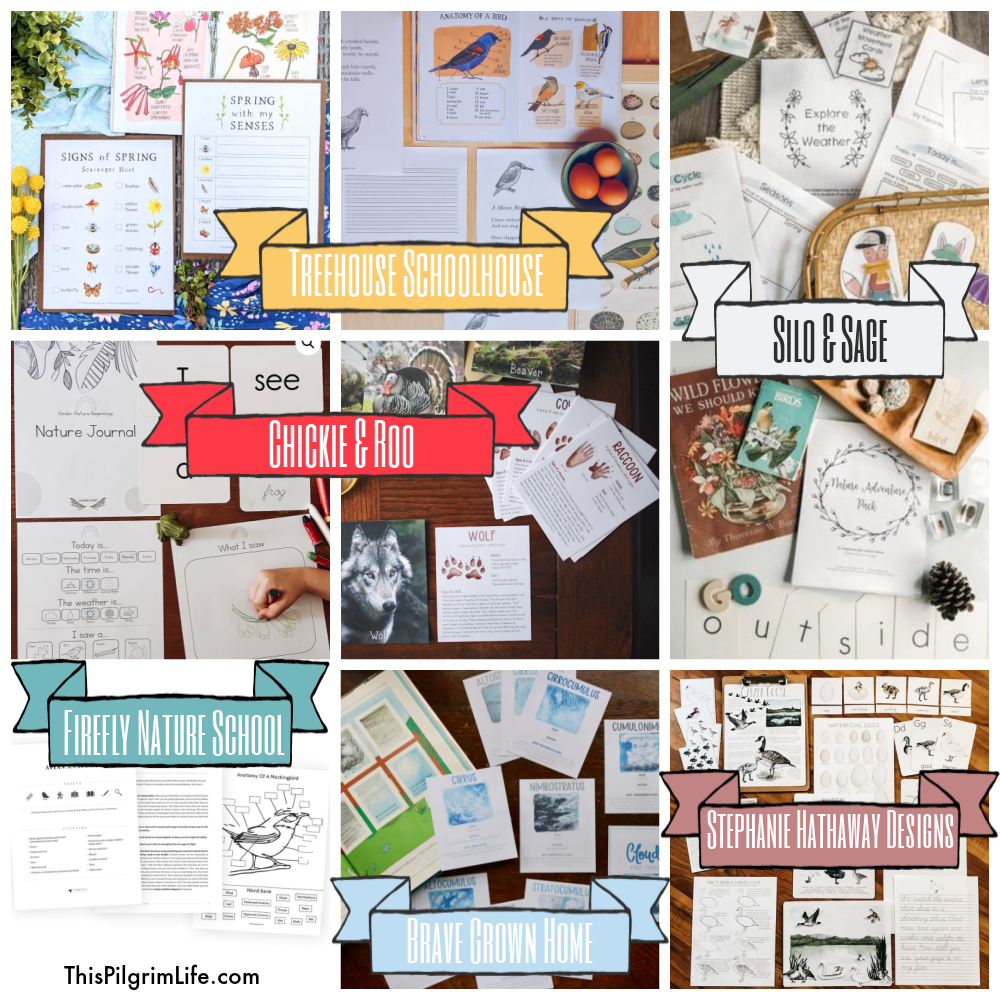Days spent as “adventure days” are school days too– here are dozens of ideas and resources to help maximize your time learning outdoors.

The links below may be affiliate links, meaning I earn a small compensation at no extra cost to you. See my full disclosure policy here.
If “play is the work of the child” and “nature is one of our greatest teachers”, then OF COURSE, adventure days qualify as school days. The amount of learning that happens while kids play, explore, discover, experience new things, work together, test their limits, and so on truly can’t be quantified.
Getting outside and going on day trips with my kids isn’t just about having fun, (though we do have a LOT of fun). I also prioritize adventure days because I know that they are good for us all. And I definitely do count our adventure days as one of our school days.
That said, even though there is so much learning that occurs naturally without intervention, day 3 of our Adventure Week series is about how we can encourage more learning and create intentional opportunities to discover more about the world around us.
Ideas & Resources for Encouraging More Learning Outdoors

BEFORE
Once the weather is nicer, we plan for one day a week (at least) to be an adventure day. We do an abbreviated amount of schoolwork in the morning, pack a lunch and plenty of snacks and water, and then head out to explore a mountain/river/museum/park/etc in our state.
I think it’s possible to have a misconception that adventure days have to be a wash for any other regular schoolwork. I have not found this to be the case, though. With the prospect of getting out ahead of them, my kids have no problem buckling down and doing a math lesson, reading assignment, and copywork or memory practice. I can oversee math lessons while I pack lunches and listen to narrations while getting ready to leave.
On adventure day mornings, what we don’t do is sit around the table for read-alouds or other morning time activities. I know we can easily accomplish this in the car or over a picnic lunch. We usually drive between 30-60 minutes for adventure day outings, which leaves plenty of time to listen to history books or chapter books we are going through.
Two history books/cds we really enjoy are This Country of Ours (we have the paperback version for home and the Audible version for the car), and Your Story Hour Cds from Beautiful Feet Books.
Fun Review Activities in the Car ::
I often save the listening to books for the drive home when the kids are a little more subdued (read: tired). On the way to our outings the kids are more alert and I will often “assign” them something to review or complete in the car before doing whatever other car activity they want.
I’ve put together a handful of learning activities that are perfect for the car because (1) there are no pieces to lose, (2) there’s no mess, and (3) they’re fun– especially if you keep them only for the car.

- Learning Wrap Up Multiplication Keys
- Brain Quest Cards
- ABC Alphabet Cards or Numbers & Colors (picture shows up with water brush)
- US States & Capitals Game or World Countries Game (so cool!!)
- Magnetic Alphabet & Number Tracing Board
DURING
While we are out, I really don’t want to make it seem like a “school day”. And y’all, this is pretty easy to do because the kids are just so happy to be out exploring and having fun. They naturally enjoy discovering their world and climbing and catching things.
The BEST things you can do to foster learning while you are outside on adventure days is simply to PARTICIPATE in their enthusiasm, MODEL interest in the natural world, and DISCUSS your surroundings/findings.
If kids see their parents enjoying nature, they will likewise value nature. (You’ve likely heard this principle about reading too).
As far as things to bring along with you, we tend to keep the books and papers limited while we are out. Occasionally if we want to be intentional about nature journaling ON LOCATION, then we will bring our notebooks and paints. But usually, we just observe, take pictures, and record notes to help us remember what we want to journal about later.
Again, I put together a small list of some of the most useful gear to bring along with you when you are exploring. I PROMISE that if you kids have tools to help them engage with nature, they will stay occupied longer and remember the experience better. A net to catch minnows in a creek, a bucket to place a crayfish in for observation, binoculars to spot birds, and so on. Well worth the small investments!
Learning/Exploring Gear ::

- magnifying glasses
- nets
- catch and release aquarium
- critter keeper
- binoculars for adults and kids
- Stick-Lets (silicon fort building connectors)
- Paracord bracelet with compass, fire-starter, and more
- Pressed Flower Kit
A few more helpful tips ::
- use an app like BirdNET to help identify bird sounds you hear or Merlin to identify birds you see
- allow kids to record voice memos of their nature observations to record in notebooks at a later time
- I will share more about the food aspect of adventure days tomorrow, but be sure to bring enough healthy snacks and water. Nothing will shut down the fun like hangry, dehydrated kids (and adults)
AFTER
Okay! You’ve had your adventure day, spent your time outdoors, and now you’re back home. Now what? CONTINUE THAT LEARNING!
You can use what you observed and experienced and turn it into more tangible learning once you’re back home. Consider starting a nature collection to display treasures (again, demonstrating their worth and value). A shelf, a bowl, a windowsill… work with what you have at home to find a special way to show off those feathers, shells, skulls (yes!), and such.
Nature journaling is another way to help kids record things they encountered. You can make your journals as simple or complicated as you like. If possible, participate and journal alongside your kids. It’s a worthwhile activity for kids and adults. Below, I linked some resources for learning more about nature journaling (Chickie and Roo also has an easy nature journal printable for younger kids). You don’t really need anything to get started though. Draw whatever you’re recording in your journal– be as precise as possible, be accurate about colors and details (no purple squirrels here, please). Then label your drawing and write down any special details.
Exploring your city/region/state is another natural way to discuss and learn about your home geography, topography, and biome. Print a map and label each place you visit. Start small and work up. Discuss map symbols. Learn the names of nearby rivers, mountains, cities, etc. Making the connection between a place they’ve really visited and a place on a map is a great, concrete way to learn.
Finally, another simple way to incorporate your time outdoors into your at-home school time is to learn about the animals, birds, insects, and plants living in your region. There’s no rush. Pick one and start discovering more about them. This knowledge is something that will be a gift for years to come.
Additional Resources ::
- Scouting for Wild Ones, book by Brittany McGann || “Scouting for Wild Ones can be completed over the course of a year or more with family style groups. This scouting course offers scripted lessons and hands on activities to give an introduction to outdoor life. Scouts have the opportunity to earn badges thru skill tests (badge stickers sold separately).”
- How to Teach Nature Journaling: Curiosity, Wonder, Attention, John Muir Laws || if you feel stuck or lost when it comes to nature journaling (so many of us do!) this book is an EXCELLENT resource to walk you through (as an adult or child) on how to keep a nature journal
- Wild & Free Handicrafts, Ainsley Arment || 32 activities and crafts using natural objects
Favorite Curriculum & Printable Creators ::

We live in an incredible time, where there is so much available online just a couple of clicks away. I’ve picked out a handful of my favorites to share with you. Highly recommend each one. In addition to getting amazing hand-made resources, you’ll be supporting real families and small businesses.
Y’all these shops are a TREASURE TROVE of studies and printables and nature guides! Click on each shop to look through all the amazing resources they have available (many are free, and all the others are well-worth the small price).
One of the best things about homeschooling and learning together with your family is the ability to follow everyone’s interests. Fascinated by snakes? birds? bugs? mushrooms? clouds? THERE’S A NATURE STUDY FOR THAT!
- Silo & Sage
- Chickie & Roo
- Firefly Nature School
- Treehouse Schoolhouse
- Brave Grown Home
- Stephanie Hathaway Designs

I feel like I only covered the tip of the iceberg with these ideas. We didn’t even talk about all the social skills, problem solving, risk-taking, physical education, or health benefits everyone gets from spending time outdoors!
I hope that you are enjoying this series as much as I am. More than anything, I hope that it inspires and enables more and more families to enjoy heaps of adventures this spring and summer!!!
More in the Family Adventuring Series:
Sharing is caring! Help support this blog by pinning and sharing. Thank you!

Leave a Reply